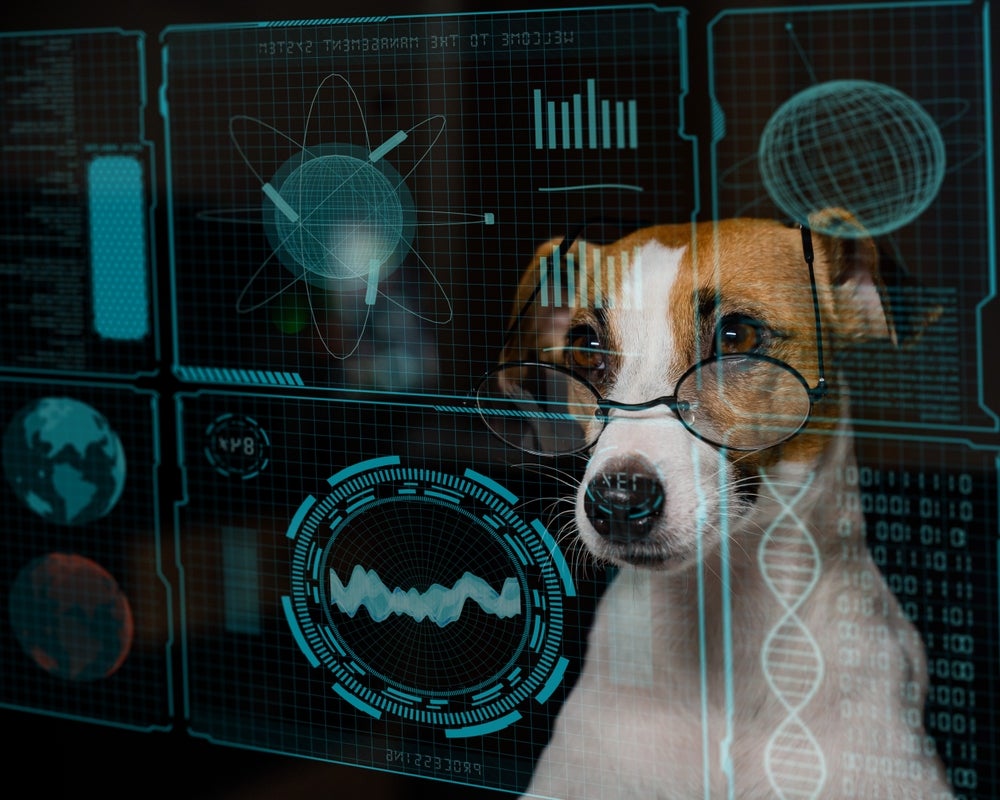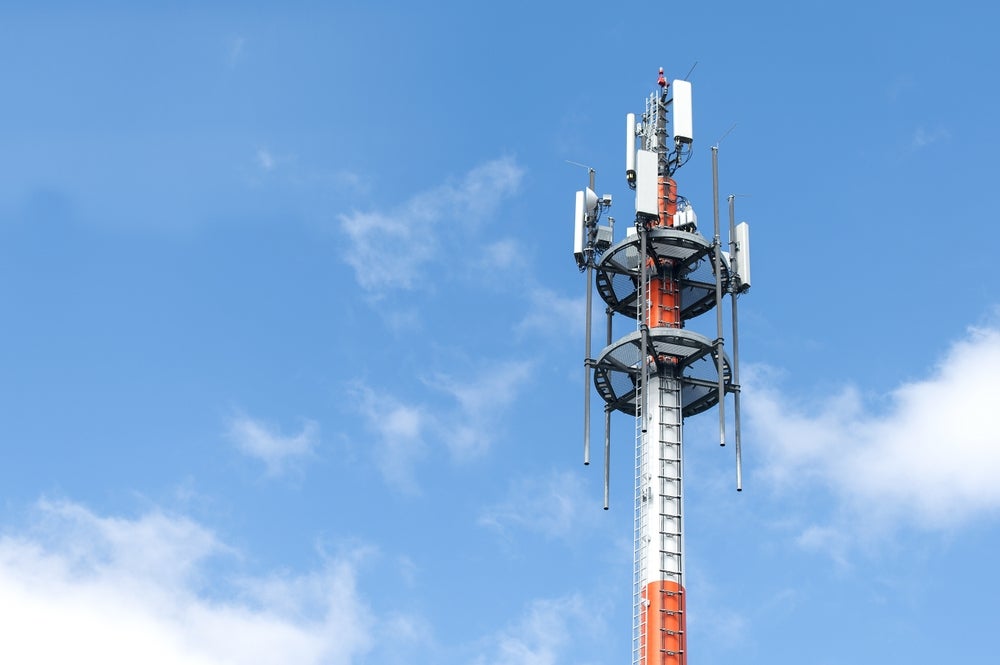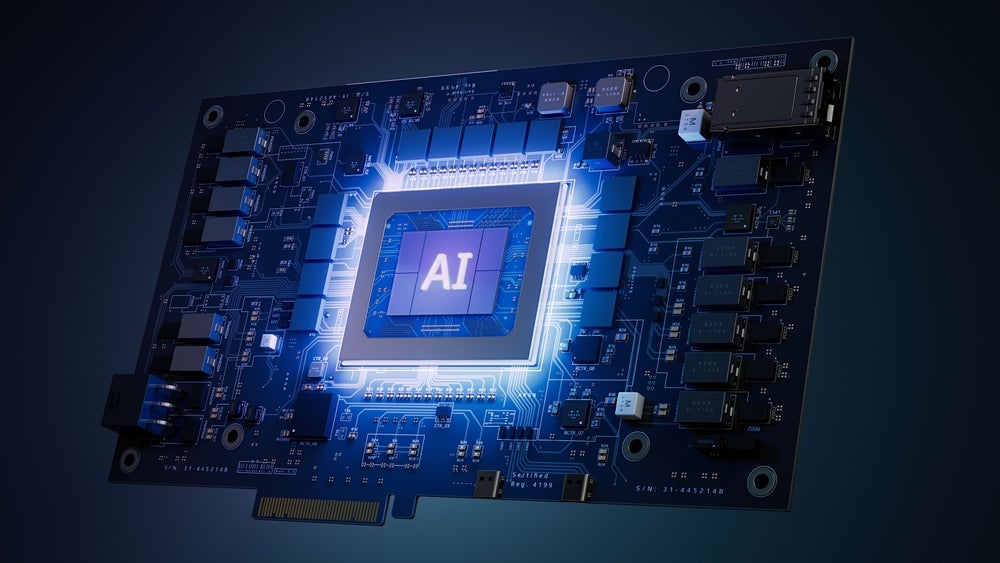Dog owners understand their animals better than anyone else.
Generally, they know when their pet pooches are happy, sad, or distressed. But even the most experienced dog whisperer will admit that there still exists a vast gulf of understanding between humanity and its canine companions.
Luckily, a team of researchers at the University of Michigan has harnessed artificial intelligence (AI) to decode these sounds and hopefully bring us closer to man’s best friend.
Hark! Hark! The dogs do bark!
Cats meow. Birds cheep. Dogs bark. These calls and howls are our four-legged friend’s way of communicating their wants and needs, telling us that they want attention, need to be left alone, or just don’t like the postman. But they can be confusing, leaving owners wondering what exactly their dogs are trying to share. These animals can be a handful and are easily misunderstood, and having a genuine way to understand our furry housemates would benefit the world’s millions of dog owners. This is where the University of Michigan’s recent research comes in.
Translating barks, woofs (and even meows) is not a new idea. MeowTalk, a cat translation app, is already available, and various others are being created for dogs and cats. However, the researchers from the University of Michigan went one step further to facilitate a more accurate understanding of canine speech.
Dogs sound database
The team created a database of sounds using 74 dogs in their natural home environments with various stimuli. This included recording the sounds made during play and affection with the owner, the noises made upon the introduction of a stranger, or the dog’s reaction to the repeated ringing of a doorbell. This data was then fed into a machine learning model created to study human speech patterns called Wav2Vec2. The model was 70% accurate in determining the dog’s mood—as well as identifying the breed, age, and sex.
How well do you really know your competitors?
Access the most comprehensive Company Profiles on the market, powered by GlobalData. Save hours of research. Gain competitive edge.

Thank you!
Your download email will arrive shortly
Not ready to buy yet? Download a free sample
We are confident about the unique quality of our Company Profiles. However, we want you to make the most beneficial decision for your business, so we offer a free sample that you can download by submitting the below form
By GlobalDataUsed correctly, the technology is more than a gimmick. Importantly, it can differentiate the context of barks, distinguishing between aggressive and playful. Potentially, the technology could help owners understand their dogs’ needs. Having this information from an early age could avert the behavioural issues that see countless dogs abandoned or relegated to overpopulated shelters worldwide.
Pet technology
The wider pet technology market is currently experiencing a boom, and dog translators are just the tip of the iceberg. Since returning to the office post-Covid, smart cameras have become a common method of monitoring pets from afar. Some preoccupied dog owners have gone a step further and invested in robot companions that supervise their dogs while they work and use machine learning to build a relationship with the animal.
Elsewhere, health technology is gaining popularity with conscious pet owners. Smart collars for dogs are a recent invention that can help monitor your pooch’s health before any diseases progress. One example is PetPace, which tracks the dog’s calories, temperature, sleep quality, pulse, and several other ‘muttrics’. PetPace’s chief scientist, Asaf Dagan, told The Washington Post that the collar catches these metrics the minute they become abnormal and has a 90% accuracy rate.
Possible paws for concern
While the potential for technology to improve an animal’s life is potentially groundbreaking—especially when it comes to protecting their health—many feel that care must be taken. Talking to The Washington Post, Philip Tedeschi, co-director of the Institute for Animal Sentience and Protection, spoke about the dangers of this technology. He believes it has its uses in encouraging pet health but risks negatively affecting the all-important relationship between man and animal. It all comes down to intention.
As a way of protecting an animal’s health and well-being, these technologies have serious potential. Animal translators are an example of a promising technology in the space. But when pet tech is created as a replacement for human interaction, it could be a slippery slope. When taking on the responsibility of a pet, you are promising to be the most important person in that animal’s life—a role that technology fundamentally cannot replace. As Tedeschi said, “I can guarantee that your dog would rather play with you than a robot.”








